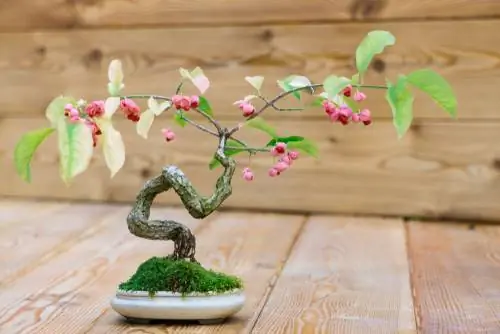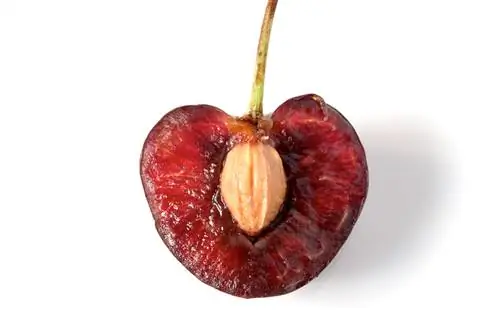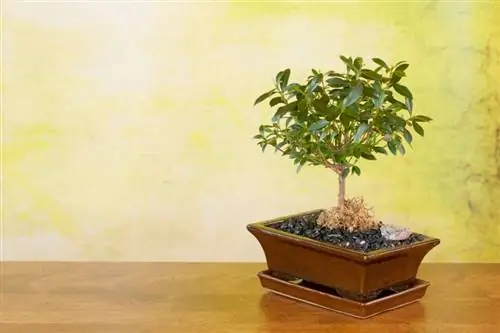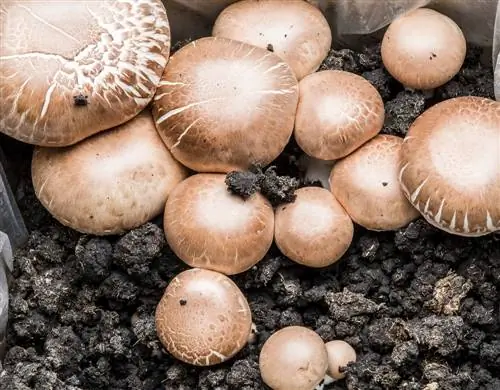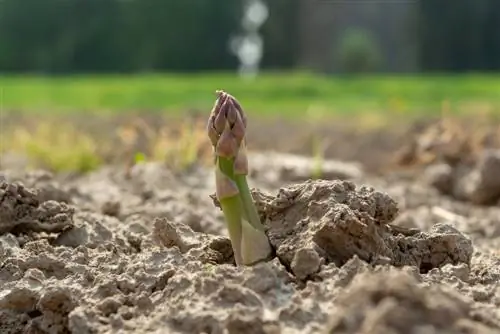- Author admin [email protected].
- Public 2023-12-16 16:46.
- Last modified 2025-01-23 11:22.
Pfaffenhütchen not only look good in the garden and in pots. Bonsai forms of the flowering spindle bush are rather unknown. Because of its properties, the wood is ideal for growing mini trees. It is well suited for beginners.

Why is a Pfaffenhütchen suitable as a bonsai for beginners?
A Pfaffenhütchen bonsai is ideal for beginners as it offers decorative fruits and strong autumn colors, thrives in shallow bowls and is hardy. For a successful design, early wiring, regular pruning and an upright shape or multiple trunks are recommended.
Design
Pfaffenhütchen can be made into different shapes. However, this is only possible with young plants, because the wood quickly hardens and can no longer be bent. Start wiring early and make sure to prune regularly. Typical shapes are the upright form or the multiple trunk. Both shapes are suitable for beginners as they are easy to achieve.
This makes Pfaffenhütchen shine as a bonsai:
- decorative fruits
- strong autumn colors
- thrive in shallow and very small bowls
- hardy down to -20 °C
Cutting measures
After a radical pruning, the Pfaffenhütchen sprouts again. The tree also reliably develops buds on the old branches. Remove branches at their base if they disrupt the overall look. Numerous shoots quickly form at the interface, reaching out in all directions. In this way, you can replace unsightly branches or those that can no longer be bent with fresh shoots. Cut off unnecessary new shoots in good time to avoid thickening.
Once you have formed a branch and it has grown long enough, remove all but a maximum of three pairs of leaves from the new shoots. Pfaffenhütchen naturally develop comparatively small leaves that are arranged oppositely. Alternately pluck leaves from the right and left sides and spare the opposite leaves. Root shoots should be constantly cut off.
Care
Pfaffenhütchen must be watered regularly so that the root ball does not dry out. Drought causes leaf loss. The lime-loving plants tolerate tap water. The plants react sensitively to excessive s alt content in the substrate. Make sure there is good drainage to avoid waterlogging.
Between April and the end of July, the bonsai enjoys a supply of nutrients. Give the plants a solid organic bonsai fertilizer (€37.00 on Amazon). The ball should be watered thoroughly beforehand as the fertilizer can burn the roots. The plant is repotted approximately every two to three years.

